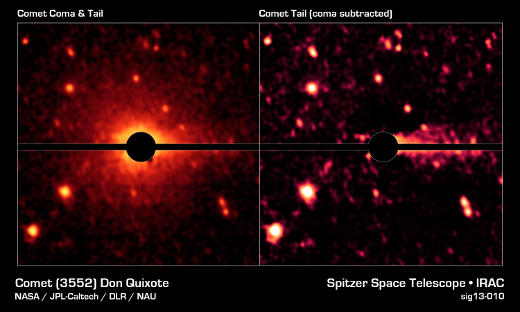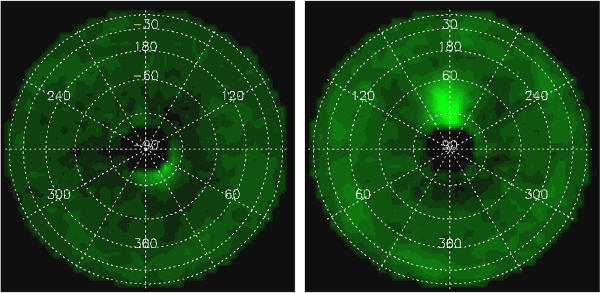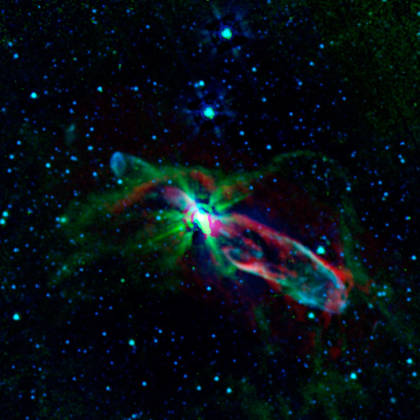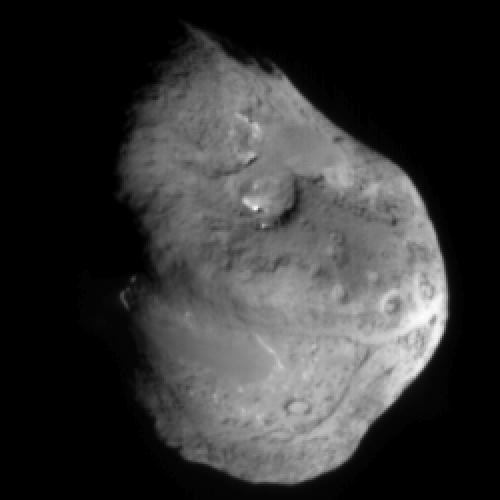
Named after the classic 17th century Spanish book, the celestial Don Quixote was initially believed to be a large asteroid in deep space. But with the help of the Spitzer Space Telescope, astronomers discovered that what they initially believed was an asteroid was in fact a comet. The infrared imagery from Spitzer showed that Comet Don Quixote had the telltale features of a comet – a distinctive head and a (trailing) tail. In the above NASA pictures, the bright areas around Comet Don Quixote are stars and the horizontal line is from artifacts caused by image processing.
“Thou hast seen nothing yet.”
– Miguel de Cervantes Saavedra, Don Quixote


